Overview
About the Package:
A four day safari leaving Windhoek at 07h00 in the morning with a flight to Sossusvlei which is reputed to have the highest sand dunes in the world. From there following the Skeleton Coast via Conception Bay to the Huab Valley during the first day. The second day continues up the coast as far as the Hoarusib Valley and the third day as far as the Kunene river, being the northern border of Namibia.
Highlights
- Experience and photograph the towering red dunes and golden sands framed against a sprawling blue sky.
- Explore the colourful red lava and yellow sandstone of the Huab River environs
- Embark on a scenic drive along the Hoarusib Valley to visit a settlement of the nomadic Himba people

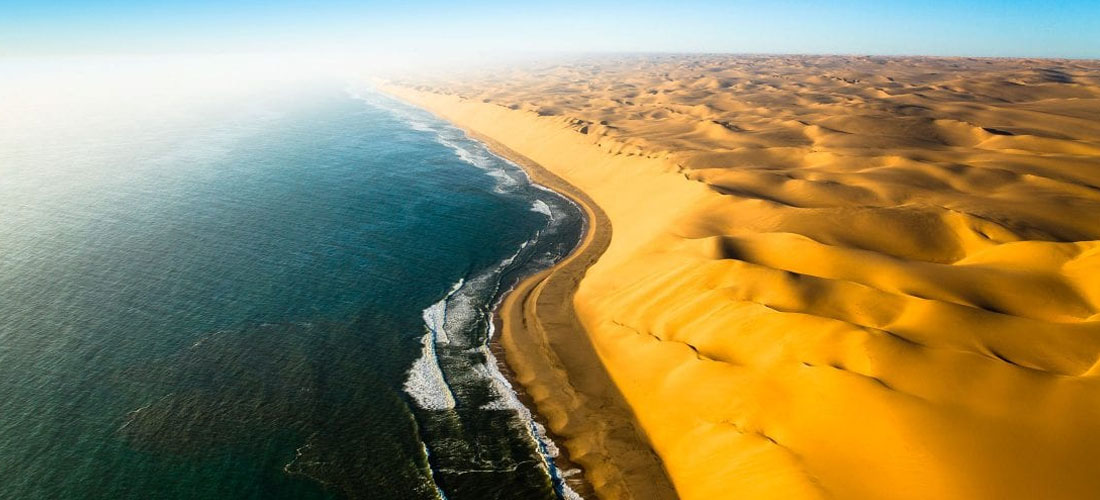
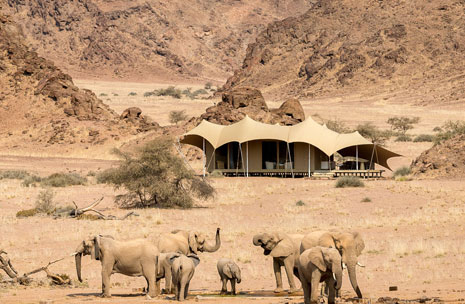
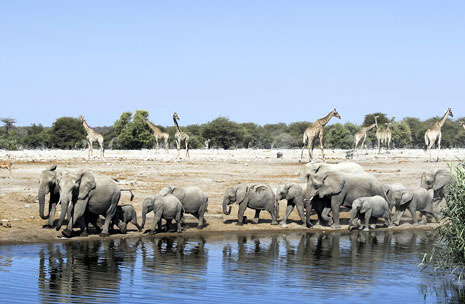
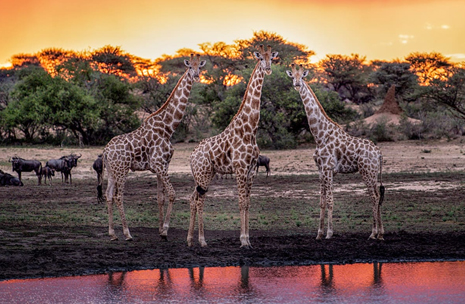
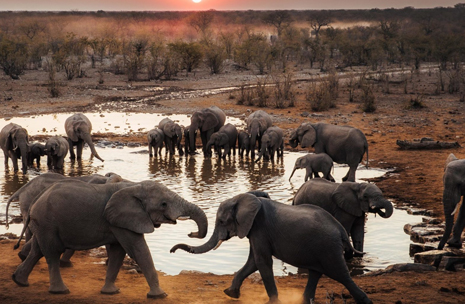
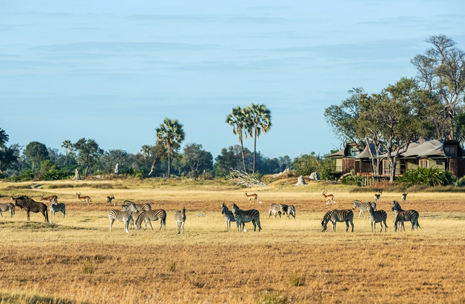
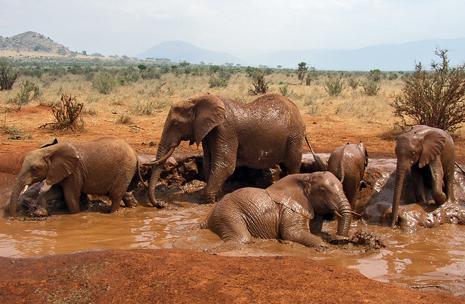
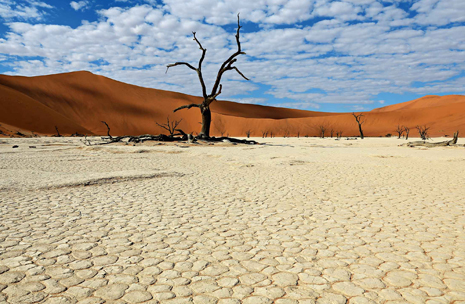
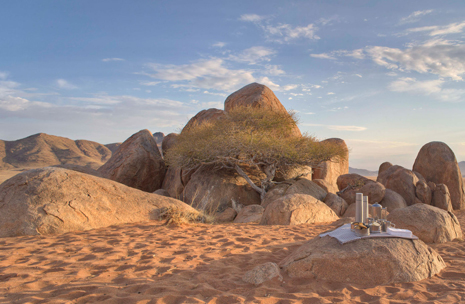
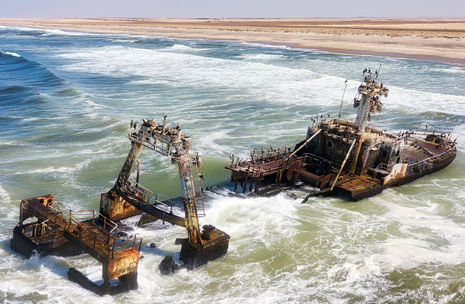
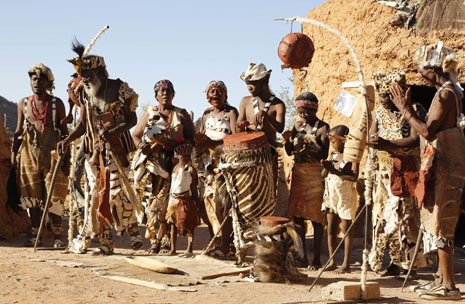
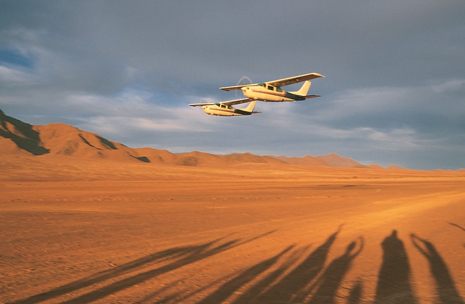
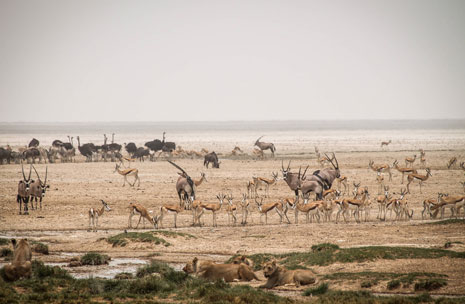
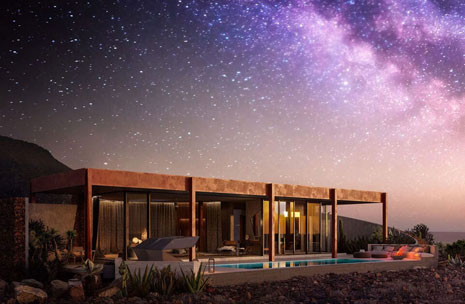
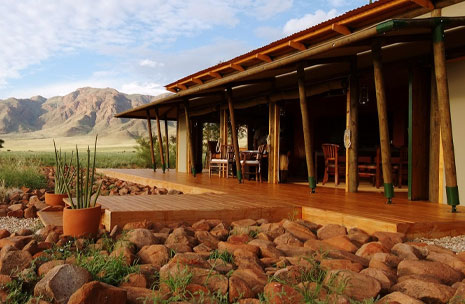
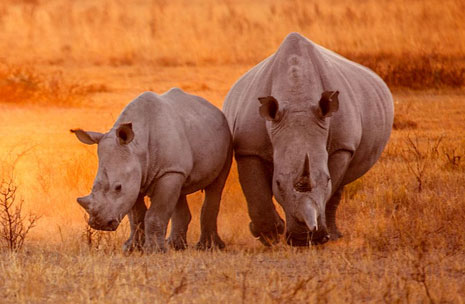

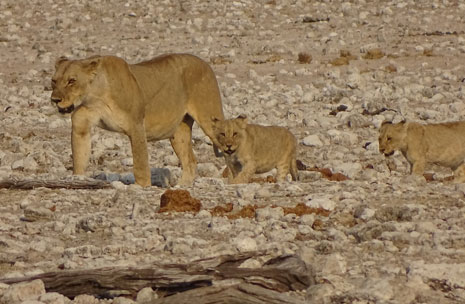
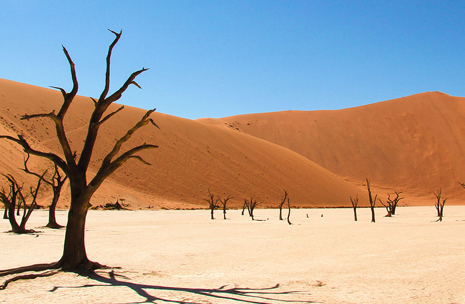
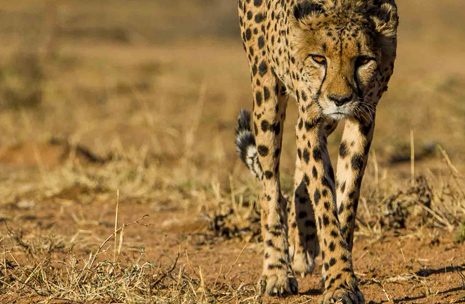
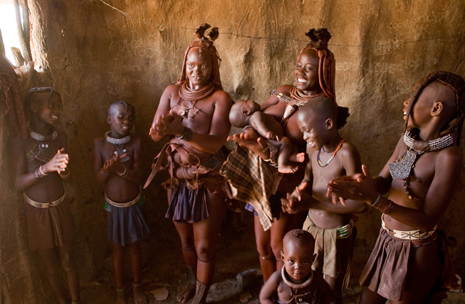
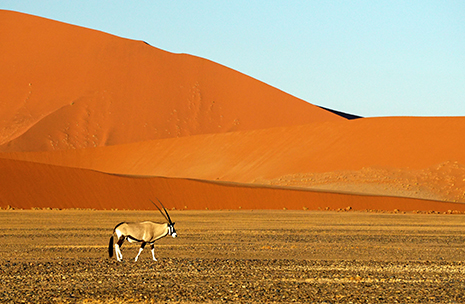
1
Day - 1
You meet at Eros Airport, Windhoek at 07h00 for an early morning flight to Sossusvlei in the Namib Naukluft Park. Sossusvlei is reputed to have the highest dunes in the world. The view of the shadow-lined dunes from the air is well worth seeing. You land at Sesriem from where you undertake an excursion by vehicle into the dunes. The dunes reach heights of 300m and more, for those inclined and fit enough to climb them. You return to the aircraft and fly along the coast via Conception Bay towards Swakopmund. The flight includes (weather permitting) an aerial view of the famous Eduard Bohlen shipwreck at Conception Bay. After landing and refuelling at Swakopmund, you continue with a low-level flight north along the Skeleton Coast over the seal colony at Cape Cross. Thereafter you fly east, over the desert, to the Ugab formations–a nearly lifeless ‘moon landscape’ of numerous black ridges that stand out in stark contrast to the white desert floor–before landing at Kuidas camp in the Huab Valley, Damaraland, where you stay for the night. Amongst the rocks within walking distance of the camp are ancient rock engravings. Your pilot-guide will arrange for a light picnic lunch to be served en route during the day’s itinerary.
2
Day - 2 :
After breakfast you depart by Landrover to explore the colourful red lava and yellow sandstone of the Huab River formations and to be introduced to the ecological phpects of this environment with its wide diversity of flora and fauna. This includes the Welwitschia mirabilis, a tree that has been dwarfed by the rigours of the desert climate. You have lunch at Kuidas camp before flying along the coast to Terrace Bay in the Skeleton Coast Park. The most prominent shipwrecks along this part of the coast are the Montrose and Henrietta, still relatively intact. At the coast you access the roaring dunes by Landrover, which always proves to be a stimulating experience. You also visit the beach with its profusion of multi-coloured pebbles consisting of agate, lava, granite and others. Interesting to see are old bleached whale bones scattered along the beach above the high tide mark. You return to the aircraft and continue north to our Purros camp in the Hoarusib Valley in Kaokoland, where you stay for the night.
3
Day - 3
After breakfast a scenic drive along the Hoarusib Valley to visit a settlement of the nomadic Himba people. You might be lucky enough to come across the desert-dwelling elephant which frequent this valley. A planned encounter is unfortunately not possible. From here you continue north along the Skeleton Coast by aircraft to the Kunene River on the Angolan border. The Kaiu Maru shipwreck and pieces from old sailing vessels lie scattered along this part of the coast. From the airfield you take a scenic drive by Landrover to our favourite lunch site. After lunch you continue through the mountains and dunes of the Hartmann Valley which extends to the Kunene River, reaching our Kunene River camp in the late afternoon, where you spend the last night.
4
Day - 4
An early morning boat trip on the Kunene River as it flows through scenic desert landscape, observing bird life and possibly some crocodiles. Birds vary from aquatic species on the perennial waters, to endemic desert varieties and those that inhabit dense riverine vegetation. After lunch at the camp, you fly back to Eros Airport, Windhoek, arriving in the late afternoon.
Important Note:
As outlined in the general information section, it is more advantageous for participants on the safari to start from Windhoek. The pick-up of passengers in the southern Namib Desert at places such as Namib-Naukluft Lodge, NamibRand and Sossusvlei is possible without detracting significantly from the safari. The pick-up of passengers from Swakopmund without the introductory part of the safari is possible for Safari type A only. The pick-up of passengers in the northern part of Namibia from places such as the Etosha National Park, however, would detract considerably from the safari and is therefore not an option.
In the interest of your safety as well as in compliance with the safety regulations applicable to air transport in Namibia, the following weight limitations are strenuously applied and are not negotiable.
Light aircraft are used for travelling the long distances during the safari, and luggage space is very limited. You are requested to travel as lightly and compactly as possible.
A maximum of 10kg (22lbs) of luggage is allowed per person, packed in soft, flexible travelling bags (this excludes camera equipment of approximately 2kg).
Hard and bulky suitcases can not be accommodated.